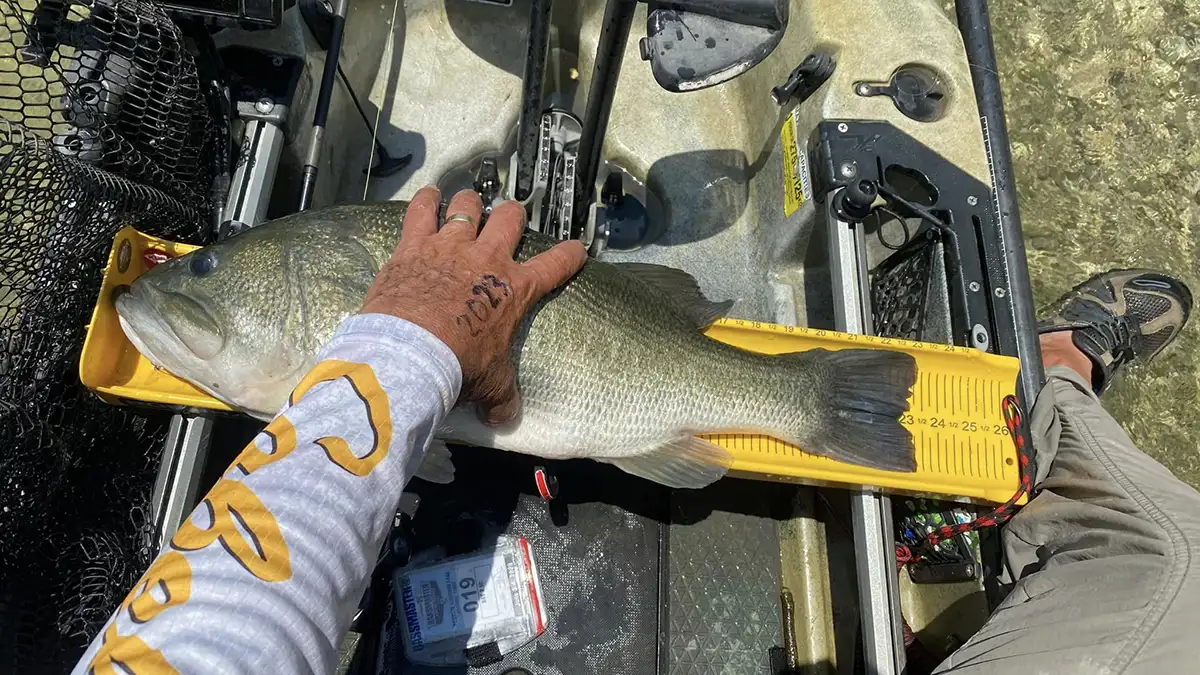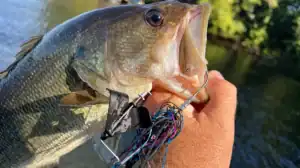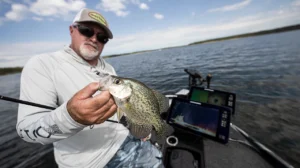Fluorocarbon line can be less friendly than other types of lines to spool on a reel. It is stiffer which helps feeling baits work in the water, but it can be a bugger when respooling. It flows off a reel smoothly but can cause issues on the spool as a result.
When spooling fluorocarbon on a baitcaster, turn the spool up on it’s side and make sure the line feeds from the top of the spool into the reel. Put resistance on the line spool, and wind it on evenly and slowly. Braided line should be tightly wound on the reel. Fluorocarbon needs firm tension but not ultra tight. Do not put too much pressure on the reel spool and allow the line to lay evenly on the reel. Doing it this way will not crimp the line or have it cut against itself and will prolong its life. We also use mono or dacron as a backer to fluorocarbon to reduce cost and get more mileage out of a 200-yard spool of line.
We also like to use a good line conditioner on the new spool of line too. The conditioner helps with memory and allows for further casting. Fluorocarbon has become more and more important in using larger lines when fishing for bigger bass and around cover without fear of losing them. You get more sensitivity and more abrasion resistance without compromising on invisibility. The tradeoff is the fluorocarbon line can be stiffer than other line types. But if you take care in how you spool the line, use backing to cut down on cost and a good conditioner to keep the line smooth and more manageable longer, you’ll find yourself wanting to use it more.
The Seaguar Line Tip of the Month is brought to you by Seaguar fishing lines. Seaguar is the maker of AbrazX, InvizX, Red Label and TATSU premium fluorocarbon fishing lines as well as Kanzen braid and Senshi Monofilament. You can read more about the premium and affordable fluorocarbon lines and other great lines from Seaguar at Seaguar.com.










